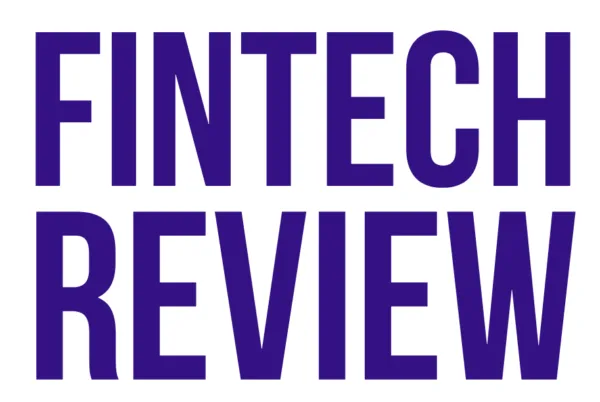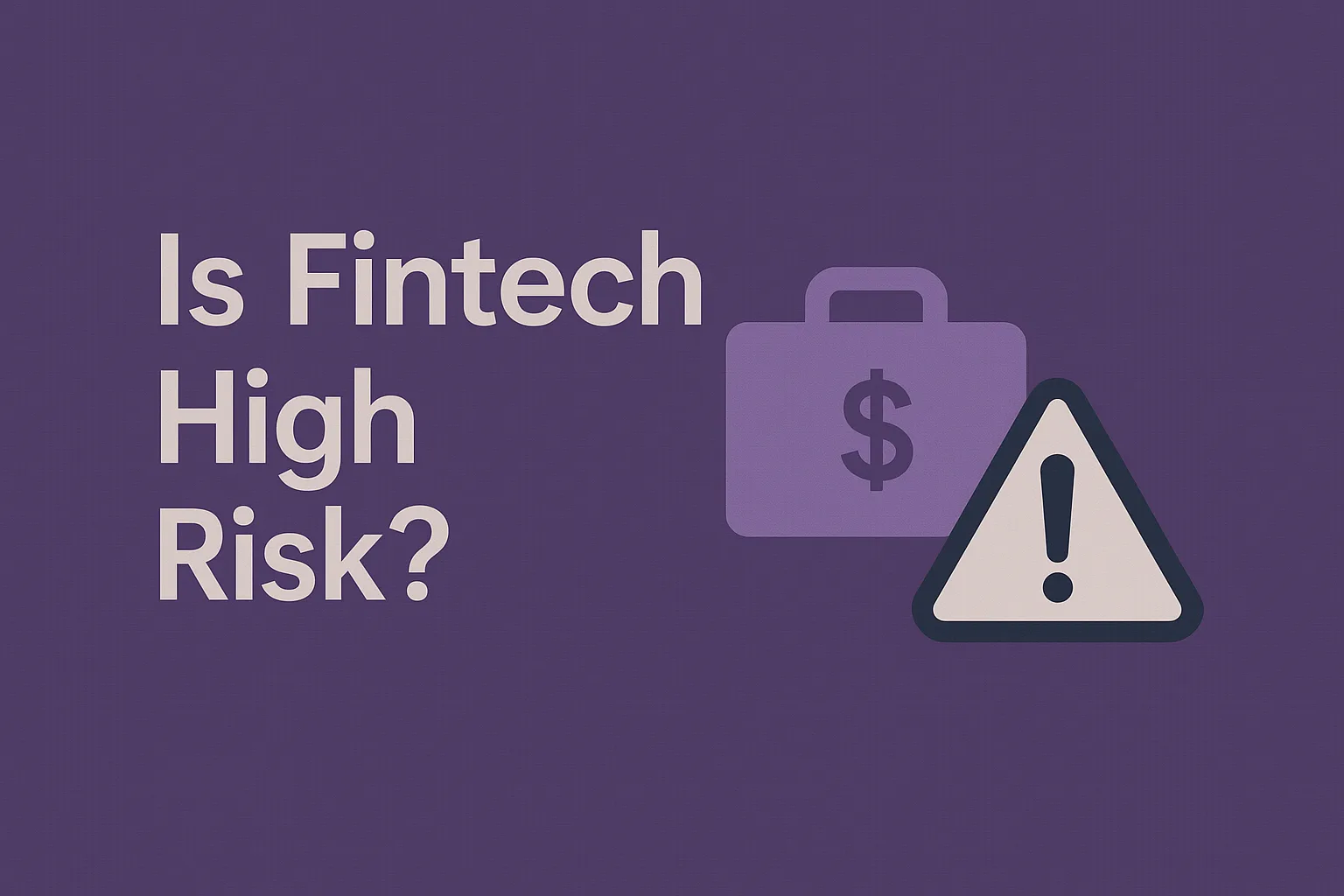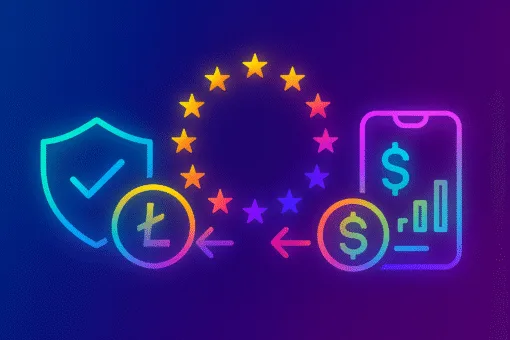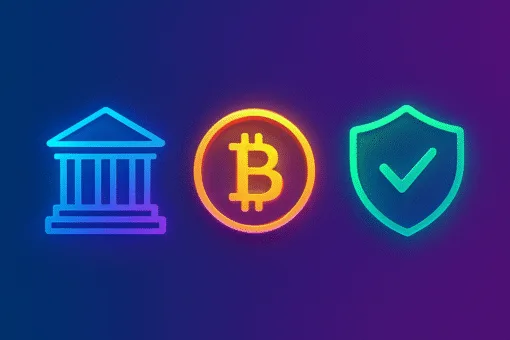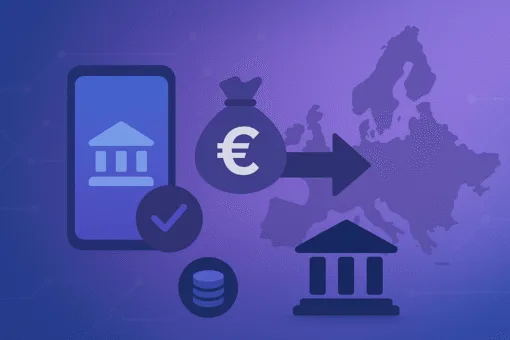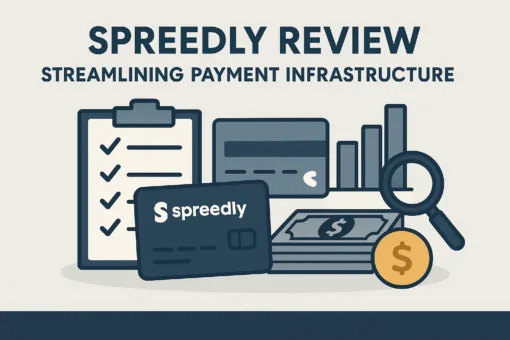Fintech has captured the imagination of investors, entrepreneurs, and financial institutions alike. With sleek apps, bold promises, and disruptive business models, fintech companies have transformed how we borrow, pay, invest, and save. But beneath the innovation lies an important question: is fintech high risk?
The answer is not straightforward. Fintech can be both an opportunity and a liability. Depending on the perspective, market conditions, and specific business model. In this article, we break down the key risk factors in fintech and why the sector carries both potential rewards and real exposure.
Why Fintech Is Seen as High Risk
There are several reasons why fintech is considered a high-risk sector, especially for investors and operators.
1. Regulatory Uncertainty

Financial services are heavily regulated. Fintech firms often operate in areas where rules are still being written or clarified. This creates a regulatory grey zone that can shift suddenly. Such as with crypto, BNPL, or data privacy laws.
2. Rapid Technological Change
The pace of innovation in fintech is fast. What seems cutting-edge today can quickly become outdated. Companies that fail to adapt may lose relevance, and those that innovate too quickly may face bugs, security risks, or compliance failures.
3. Data and Security Risks
Fintech firms handle sensitive data and money. This makes them prime targets for fraud, hacking, and technical outages. A single breach can destroy customer trust and trigger regulatory penalties.
4. Competition and Market Saturation
Barriers to entry are lower than in traditional finance. Many fintech sectors, such as digital wallets or lending, have become crowded and commoditised, putting pressure on margins and customer acquisition.
5. Funding Dependency
Startups in fintech often rely on external capital to scale. When interest rates rise or market sentiment shifts, access to funding can dry up. Forcing layoffs, pivots, or closures.
Investor Perspective: Risk vs Return

From an investment standpoint, fintech is a high-risk, high-reward category. Early-stage fintechs can deliver outsized returns if they find product–market fit and scale quickly. However, the failure rate is high.
Venture capital firms and private equity investors treat fintech like other tech sectors: they accept that many bets will fail, but hope a few winners will pay for the rest.
Public investors, on the other hand, tend to be more cautious. Fintech stocks, especially those that listed during 2020–2021, have seen large price swings due to valuation corrections and uncertainty over profitability.
Investing in fintech requires a clear understanding of business models, compliance exposure, and scalability. It is not a passive or conservative play.
Risk by Sub-Sector
Not all fintech categories carry the same level of risk.
- Payments: Relatively lower risk, especially if tied to transaction volume and supported by strong regulation.
- Digital Lending: Higher risk due to credit exposure, fraud, and regulatory oversight.
- Crypto and DeFi: Very high risk, with volatility, weak regulation, and market sentiment swings.
- Insurtech: Moderate to high risk, depending on licensing and underwriting strategy.
- Banking-as-a-Service (BaaS): Medium risk, but growing scrutiny over compliance and operational resilience.
- Wealthtech and robo-advisory: Lower product risk, but vulnerable to market conditions and user churn.
Understanding the specific risk profile of a fintech vertical is essential when evaluating opportunities or making strategic decisions.
Fintech from a Consumer Risk Perspective

For consumers, fintech can offer convenience, lower fees, and faster services—but also comes with risks.
- Data privacy: Users often share more data than with traditional banks.
- Customer service: Some fintechs lack robust support when issues arise.
- Deposit protection: Not all fintech apps are banks. Some hold money in third-party accounts without FSCS protection.
- Hidden fees or terms: Fintech interfaces may be slick, but the underlying terms can be complex or unclear.
Consumers must check whether a fintech provider is licensed, how funds are held, and what protections apply before trusting it with money or data.
Managing and Mitigating Fintech Risk
Fintech companies can manage risk by adopting a few key strategies:
- Strong compliance frameworks: Building in risk and legal checks from day one
- Transparent customer policies: Avoiding jargon and making terms easy to understand
- Security-first development: Investing early in infrastructure and penetration testing
- Clear contingency plans: Ensuring resilience in the face of market shocks, cyber incidents, or operational outages
Many fintechs are also partnering with banks or licensed entities to share compliance burdens and build credibility.
Conclusion: High Risk, but High Potential

So, is fintech high risk? Yes, especially in areas that lack clear regulation, have thin margins, or require constant innovation. But the upside can be significant. Fintech is reshaping global finance and unlocking access for millions of users.
For investors, fintech requires careful selection and active monitoring. For founders, it demands resilience and regulatory awareness. And for users, it requires informed choices about trust, safety, and data.
In the end, fintech is not inherently good or bad, it’s a tool. And like any tool, how you use it determines the outcome.
